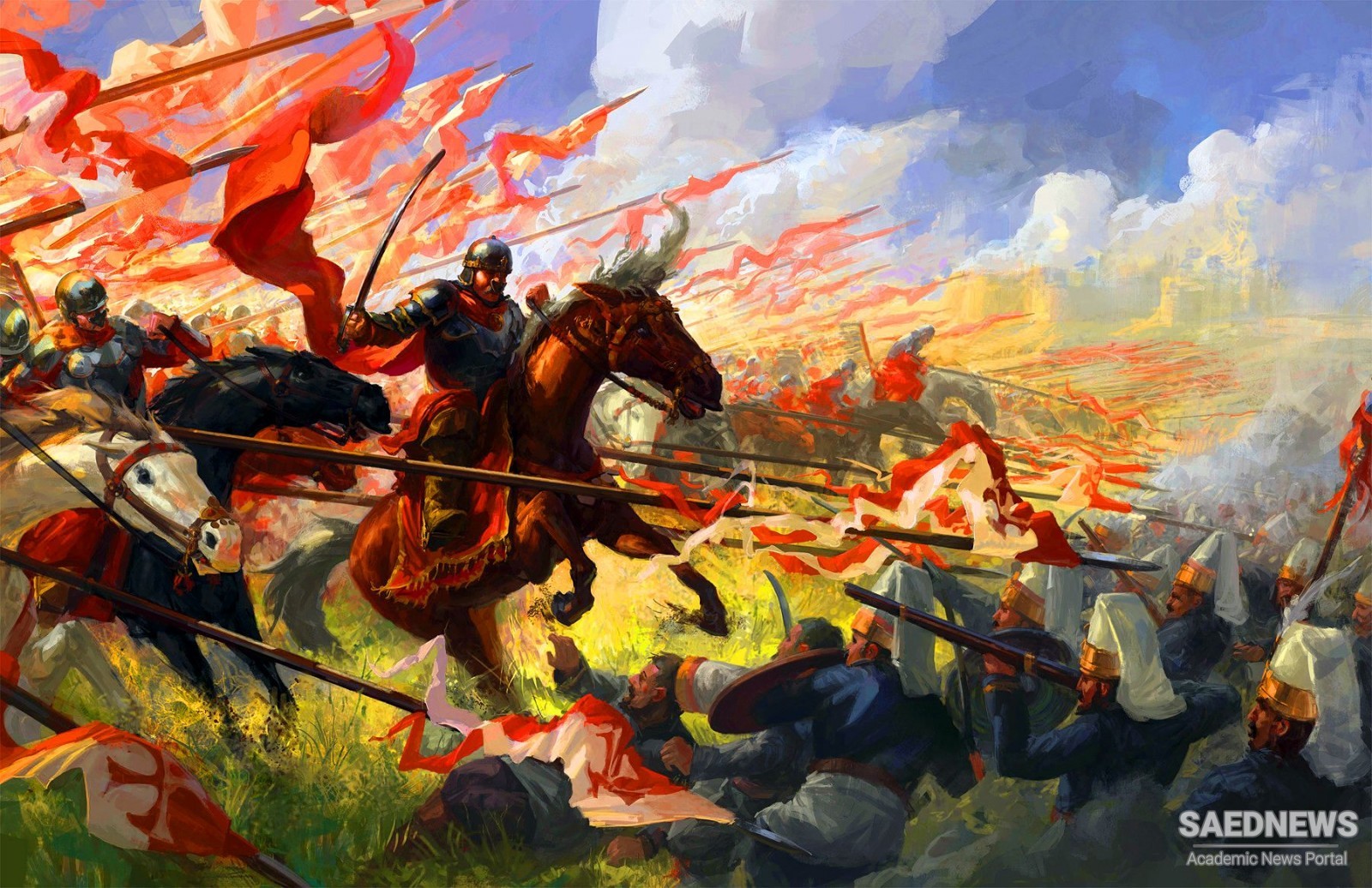The death of the Ottomans took a few, painful years. The empire reluctantly entered the war on Germany’s side at the beginning of the Great War. Britain and its allies in turn decided to chip away at the Ottomans’ Middle Eastern provinces. Russian advances in Anatolia were halted only after the 1917 communist revolution. That same year Britain captured Baghdad, and Jerusalem fell a year later. A rebellion calling for independence also broke out among the Arab population of the Hijaz. The Ottoman Empire was being systematically dismembered. The war raised the fortunes of one Ottoman general, a certain Mustafa Kemal, whose strategic genius had spared his forces from defeat in all the military campaigns in which they were involved. As the war was drawing to a close in 1918, the Young Turk government in Istanbul went into hiding and Kemal took over the reins of power. For the next three years he fought a series of successful military campaigns against the Armenian republic in the Caucasus, the French in Cilicia, and the Greeks in central Anatolia, as well as Ottoman troops remaining loyal to the sultan. Emerging victorious, in 1921 he established a Grand National Assembly in the interior city of Ankara and promulgated a new, republican constitution the following year. The Turkish republic was proclaimed on October 29, 1923. That same year the independence of Turkey and its present boundaries were recognized by the Treaty of Lausanne. Mustafa Kemal was declared president for life. In the coming decades, Kemal (d. 1938) and his successors methodically set out to dismantle the political, sociocultural, and religious vestiges of Ottoman rule. The era of the Ottomans and everything they stood for—the caliphate, Turko-Islamic tradition, social and cultural conservatism, rule over disparate millets (religious communities)—came to a dramatic end, and a new era of Kemalist republicanism began (Source: Political History of Middle East).


 Monumental Victories and Tragic Fall of an Empire in Middle East
Monumental Victories and Tragic Fall of an Empire in Middle East














































